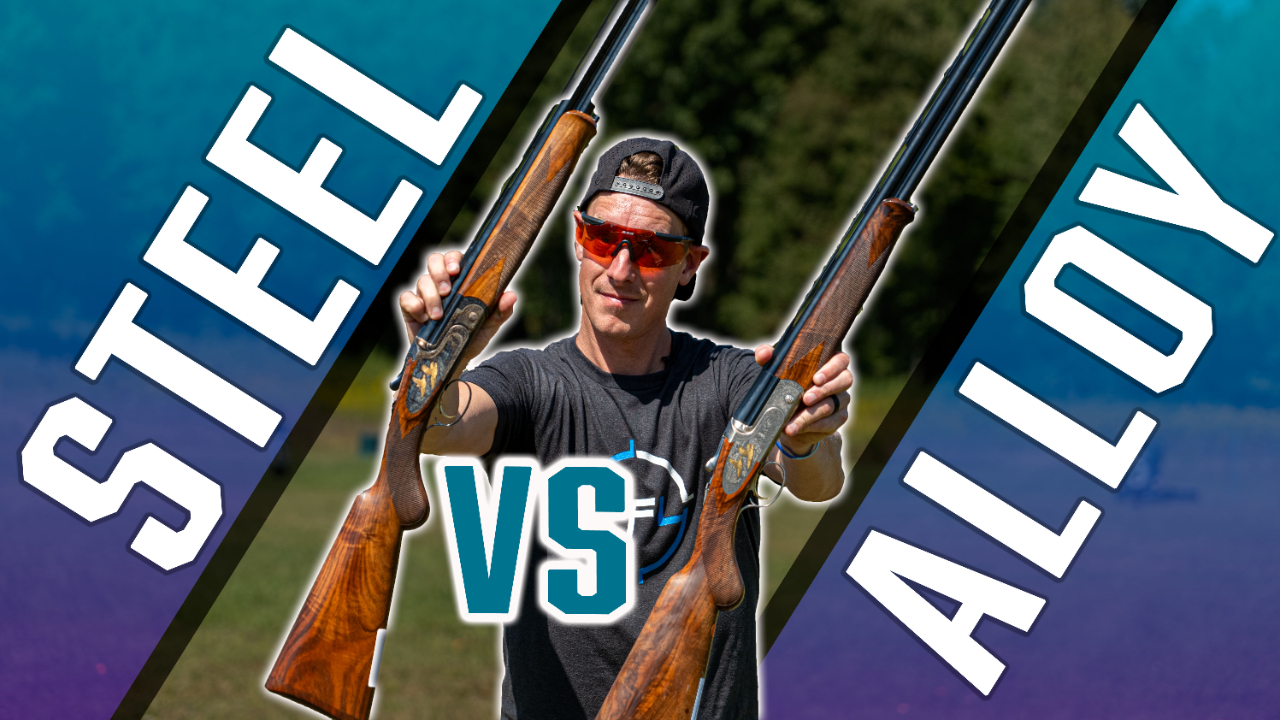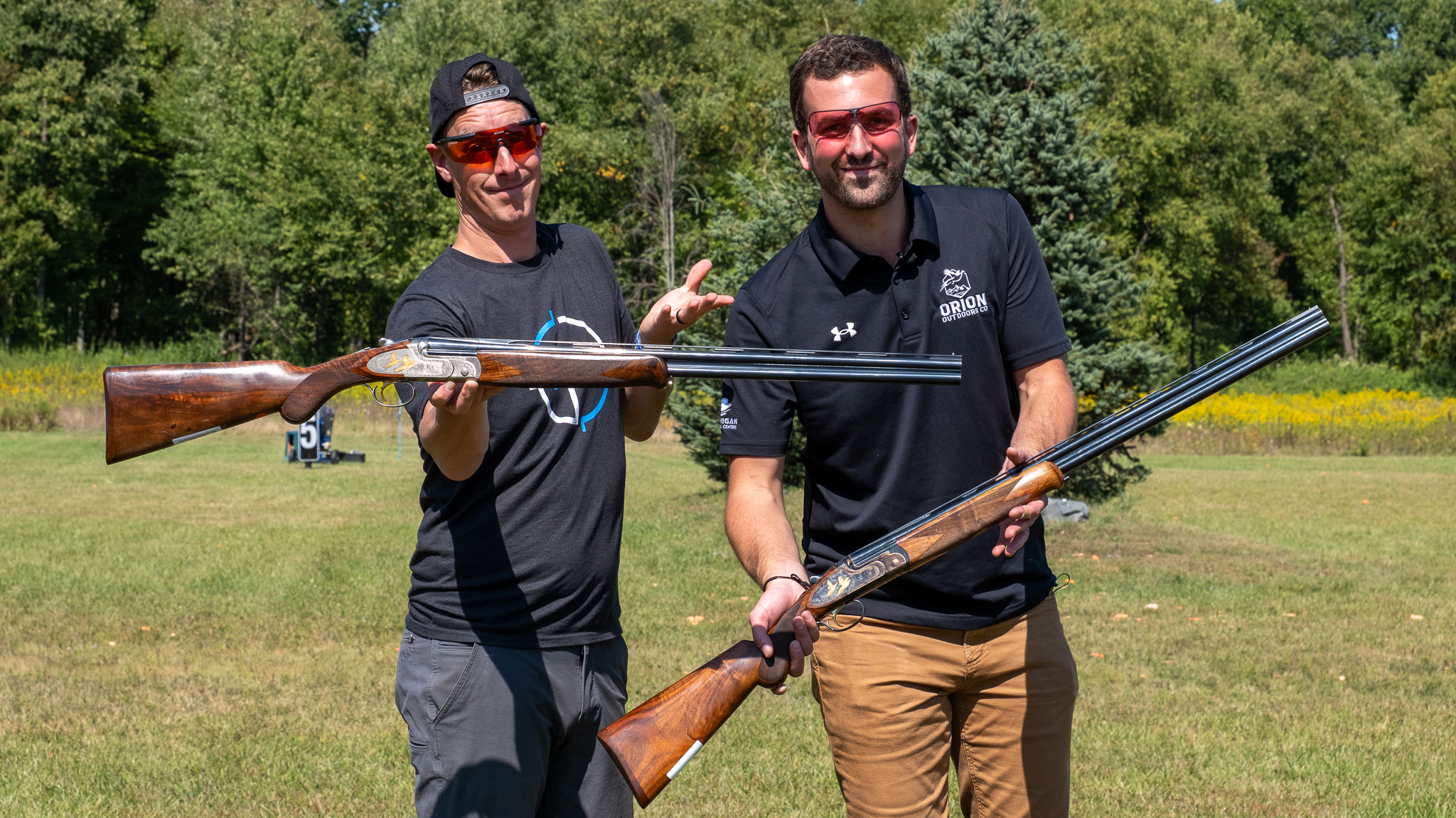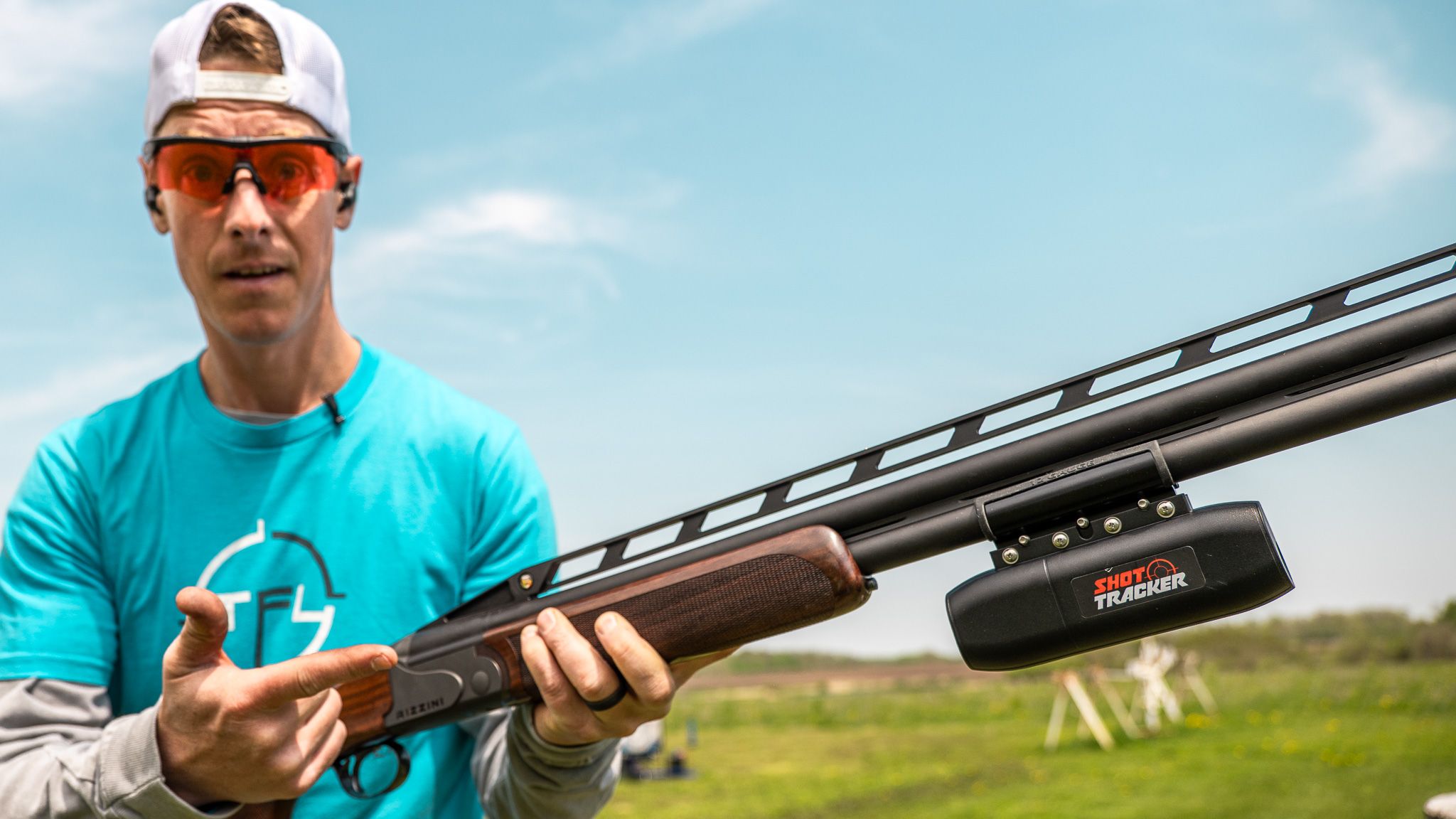Steel vs. Alloy for Upland Hunting | Does it Really Matter?
Oct 30, 2025
You're walking for upland birds, should you grab a lighter alloy shotgun, or go with the slightly heavier steel shotgun? Does it even matter? We met up with Drew Lieske from Orion Outdoors Company to discuss the differences and what to consider for your upland hunts.

Every shotgun has a foundation — the receiver — and the material it’s made from shapes everything that follows. From balance to recoil, from durability to fatigue on long hunts, the debate between steel vs. alloy receivers has been going on for decades. Let’s break down the differences, clear up a few myths, and look at how each material actually performs in the field and on the range.
Steel vs. Alloy Shotguns: What the Receiver Material Really Means for Performance
When it comes to shotgun receivers, you’ll typically find two materials: steel and aluminum alloy. Steel has the reputation for strength and tradition — the old-school workhorse that can take a beating. Alloy receivers, on the other hand, are modern marvels of engineering, shaving off weight while maintaining impressive durability.
The conversation often gets oversimplified into “heavy vs. light” or “cheap vs. quality.” In reality, it’s about design, materials, and how the gun is used. Not all aluminum is created equal, and not all steel is automatically better.
After testing high-end examples of both — including Caesar Guerini’s Magnus Field (steel) and Magnus Light (alloy) — here’s what we've learned about how receiver material affects the overall shooting experience.
Weight and Handling
The most obvious difference is weight. Alloy receivers can drop close to a pound off a gun, which doesn’t sound like much until you’ve carried it all day. For hunters covering miles, that lighter frame makes a real difference in fatigue and comfort.
But that weight reduction changes how the gun moves. Steel-framed shotguns have a smoother swing and follow-through. The extra mass keeps them stable and helps absorb recoil, which means less muzzle jump and more control for follow-up shots.
Recoil and Shooting Feel
Recoil isn’t just about gauges and loads — it’s about mass. The lighter the gun, the more you’ll feel the recoil. That’s simple physics.
In the video test, the steel receiver shotgun had noticeably softer recoil and felt more stable when transitioning to a second shot. The alloy shotgun had a livelier feel — a bit more “snap” — but was incredibly nimble in the hands.
So if you’re shooting higher volumes, a heavier steel receiver helps keep things comfortable. If you’re walking long distances or shooting smaller sub-gauges, alloy might be the ticket.
Durability and Design
Here’s where misconceptions run wild. Many shooters assume aluminum receivers are fragile or “cheap.” That can be true for some entry-level guns that use cast aluminum, but it doesn't necessarily hold for quality builds that use forged aircraft-grade alloy.
Higher-end alloy receivers often feature steel inserts in the breach face, hinge pin, and locking bolt — exactly where the stress occurs. That means you get the strength of steel where it matters, and the weight savings of aluminum everywhere else.
Steel receivers still win in pure longevity and rigidity, but well-designed alloy guns are absolutely built to last. Think of it like this: a "good" alloy shotgun is light by design, not by compromise.
Aesthetics and Balance
Steel gives that classic, timeless look — perfect for case-hardened or blued finishes. Alloy receivers, which can’t be color case-hardened easily, often feature nickel or coin finishes. While that’s mostly cosmetic, the difference in balance can be significant.
A steel gun balances more toward the receiver, giving it a center-weighted feel. Alloy guns tend to feel more barrel-heavy, which some shooters actually prefer for faster target acquisition.
Real-World Use: Choosing Based on Purpose
Here’s how I think about it:
-
If I’m walking all day chasing grouse or pheasants, the alloy gun (in a sub-gauge) is a joy to carry.
-
If I’m shooting heavier loads or shooting high volume, the steel gun’s recoil reduction and stability make it more enjoyable.
-
Both have their place — and both can perform beautifully when you match the gun to the job.

Left: Caesar Guerini Magnus Light, Right: Caesar Guerini Magnus (Want one? Get it from Orion Outdoors Co.)
Final Thoughts
In short:
-
Alloy = lighter to carry, quicker to mount, faster swing, more felt recoil
-
Steel = heavier, smoother to shoot, steadier to swing, less felt recoil
Both steel and alloy receivers have earned their place in the shotgun world.
I love how the steel receiver feels — solid, classic, and confidence-inspiring, especially for long shooting sessions or heavy 12-gauge loads. But the alloy receiver wins me over for its lightness and how easy it is to carry for miles without fatigue.
If you choose an alloy shotgun, make sure it’s a forged, high-grade build with steel reinforcement at key wear points. Skip the cheap cast versions — that’s where aluminum gets its bad reputation.
At the end of the day, it’s not just about materials — it’s about how and where you shoot. Whether steel or alloy, the right shotgun is the one that fits your purpose, your style, and your focus.
So, the question is Steel vs. Alloy? Weigh in over on the TFL COMMUNITY!
Whether our targets in the field or our targets in life, we’ll only hit what we’re focused on — live the #targetfocusedlife











